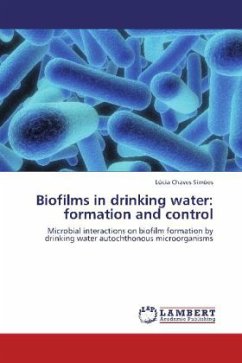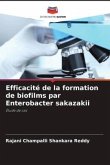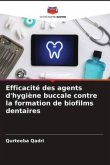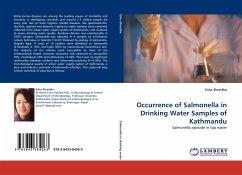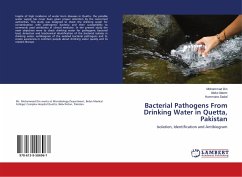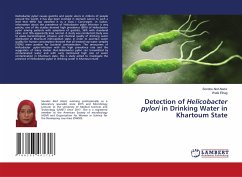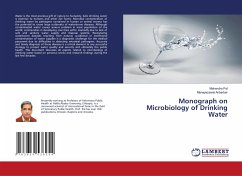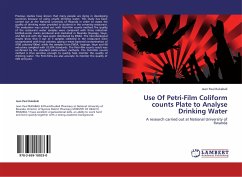The provision of safe drinking water (DW) is a top priority issue in any civilized society. The main challenge to the DW industry is to deliver a product that is microbiologically and chemically safe, aesthetically pleasing and adequate in quantity and delivery pressure. The DW that leaves a treatment station has quality, but its quality decreases along the drinking water distribution systems (DWDS). It is well known that biofilms constitute one of the major microbial problems in DWDS that most contributes to the deterioration of water quality. The main goal of this work is to provide a contribution to better understand the biological and ecological mechanisms (adhesion, coaggregation, microbial diversity and interactions, antimicrobial resistance) involved in biofilm formation in DWDS, with intent to control and prevent their formation, in order to improve DW quality. This work reveals that A. calcoaceticus had high ability to adhere to surfaces, coaggregate with partner bacteria and provide resistance to control. Their presence in the synthetic consortium represented a colonization advantage. Also, microbial diversity and interactions increased biofilm resistance and resilience.
Bitte wählen Sie Ihr Anliegen aus.
Rechnungen
Retourenschein anfordern
Bestellstatus
Storno

